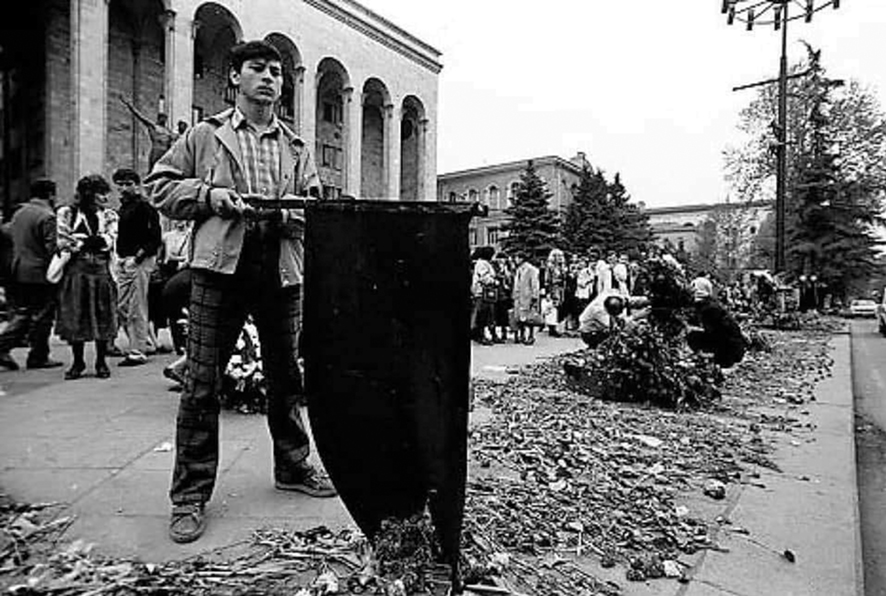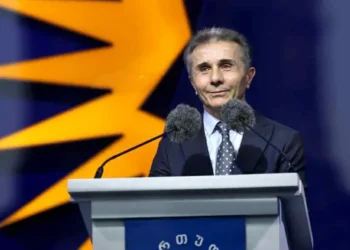On April 9, a peaceful “Freedom March” was carried out in Tbilisi, starting at the capital’s First Republic Square, moving along Rustaveli Avenue, and ending in front of the country’s parliament building. The participants of the march were protesting the violation of the promise made by the ruling Georgian Dream party a year ago and the re-initiation of the “Russian Law.”
The “Russian Law,” or “Foreign Agents Bill” appears to contradict democratic values, threatening the country’s European integration, and civil society and media freedom. The goal of the march was to speak up for the country’s European perspective.
“We choose Europe! Georgia will never be Russia! Let’s protect the victory of April 9 together! No to the Russian law!” the description of the event read, inviting Georgians to participate.
The “Russian Law” was discussed at the session of the Bureau on April 8.
The first committee to consider the bill will be the Committee on Legal Affairs in a hearing scheduled for Monday, April 15. It is said another protest will take place that day too.

Representatives of the civil society on Tuesday moved in a crowd of hundreds towards the Parliament, with placards proclaiming: “Yes to Europe! No to the Russian law!”, “We choose Europe”, “Georgia will never be Russia!”, “Let’s defend the victory of April 9 together!”
Leaders of the opposition party, representatives of non-governmental organizations, and representatives of the cultural sphere joined the Freedom March.
Those at the march carried the flags of Georgia and the European Union, and, as a sign of recognition of the historic significance of April 9, the participants were given daisies and tulips.
The 1989 April 9 Tragedy (also known as the Tbilisi Massacre or Tbilisi Tragedy) refers to when a peaceful, anti-Soviet demonstration on the central Rustaveli Avenue was dispersed by the Soviet Army, resulting in 21 deaths, mostly women and youth, and hundreds of injuries caused by panic-led stampedes, the soldiers beating the participants with spades, and toxic gas.
On April 10, in protest against the onslaught, Tbilisi and the rest of Georgia went out on strike, and 40 days of national mourning was declared. People brought a large number of flowers to the place of the killings to pay respect to the deceased, particularly tulips and daisies.
A year later, on 9 April 1990, Georgia adopted its Declaration of Independence.
On April 9, 1991, on the second anniversary of the tragedy, the Supreme Council of Georgia declared Georgian sovereignty and independence from the Soviet Union, based on the results of a nationwide referendum.
In the same year, one of the leaders of the protest movement, Zviad Gamsakhurdia, was named the first democratically elected President of Georgia.
“Today, we remember and honor all those who fought against the Soviet Union 35 years ago, for the independence, sovereignty and prosperity of Georgia. We support the citizens of Georgia in building a strong, free and sovereign country,” reads the April 9th statement of the British Embassy in Georgia.
“I congratulate the citizens of Georgia who defend their right to be Europeans!” MEP Petras Auštrevicius wrote in response to this week’s Freedom March.
By Team GT














